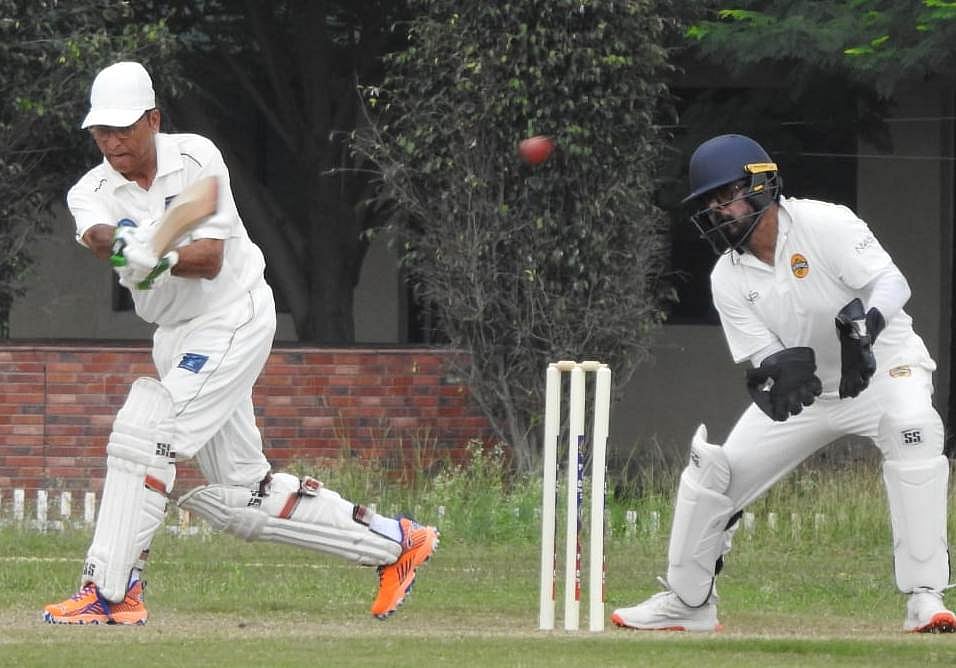Bhopal (Madhya Pradesh): In Madhya Pradesh, regarded as India’s soyabean state, the farmers have been advised not to sow the long duration kharif crop because of unpredictable nature of monsoon.
The monsoon arrives in state between June 15 to June 20. State’s kharif crops are soyabean, paddy, maize, arhar, moong, urad, sorghum, millet, kodo, kutki, sesame, cotton.
According to experts, cultivation of short duration varieties (SDVs) of kharif crops are preferable for farmers as SDV crops incur minimum loss in case crops are damaged in natural calamity. Besides, SDVs provide extended window between kharif harvesting of paddy and wheat sowing for rabi, thereby giving sufficient time to rice farmers for in-situ management and removal of excess paddy straw.
The early maturing varieties mature 20-25 days in advance, which helps farmers in straw management and preparation of fields for wheat sowing.
Meteorological department senior scientist Ved Prakash Singh said, “Monsoon is expected to arrive between June 15 to June 20 in Madhya Pradesh. Usually, it arrives on June 15. But what is important is that monsoon should be regular and consistent.”
Matter of concern
Former director, agriculture, Dr GS Kausal said, “If monsoon is in time, it is good for farmers. But the way monsoon is behaving, it is matter of concern. Therefore, farmers should not sow long duration kharif crops like soyabean. They should go for paddy, moong, urad etc as SDVs incurs minimum loss.
On many occasion, crop damage was reported due to unseasonal rain, hailstorm or excessive rain in Madhya Pradesh. It is unpredictable nature of monsoon.”











